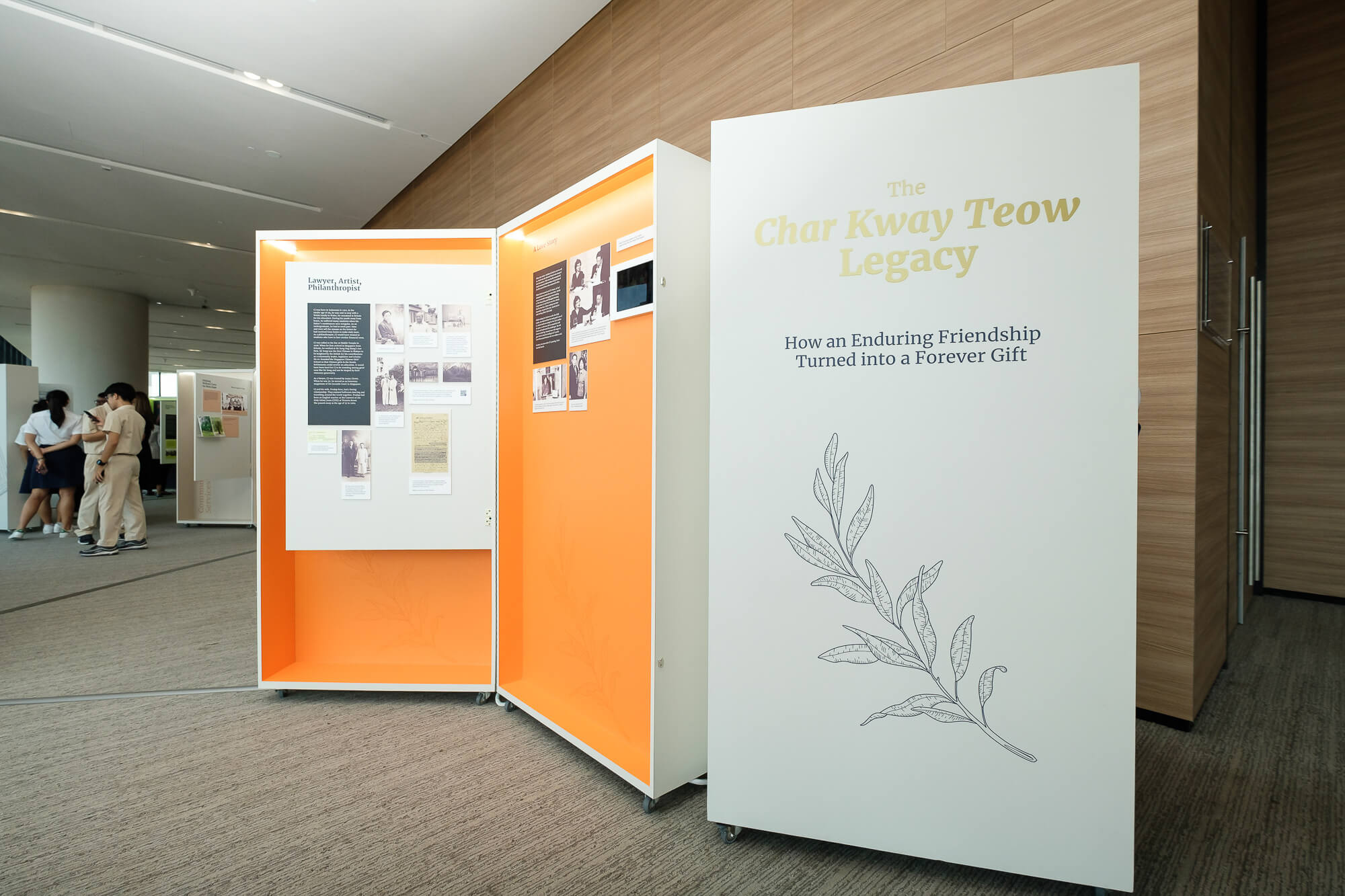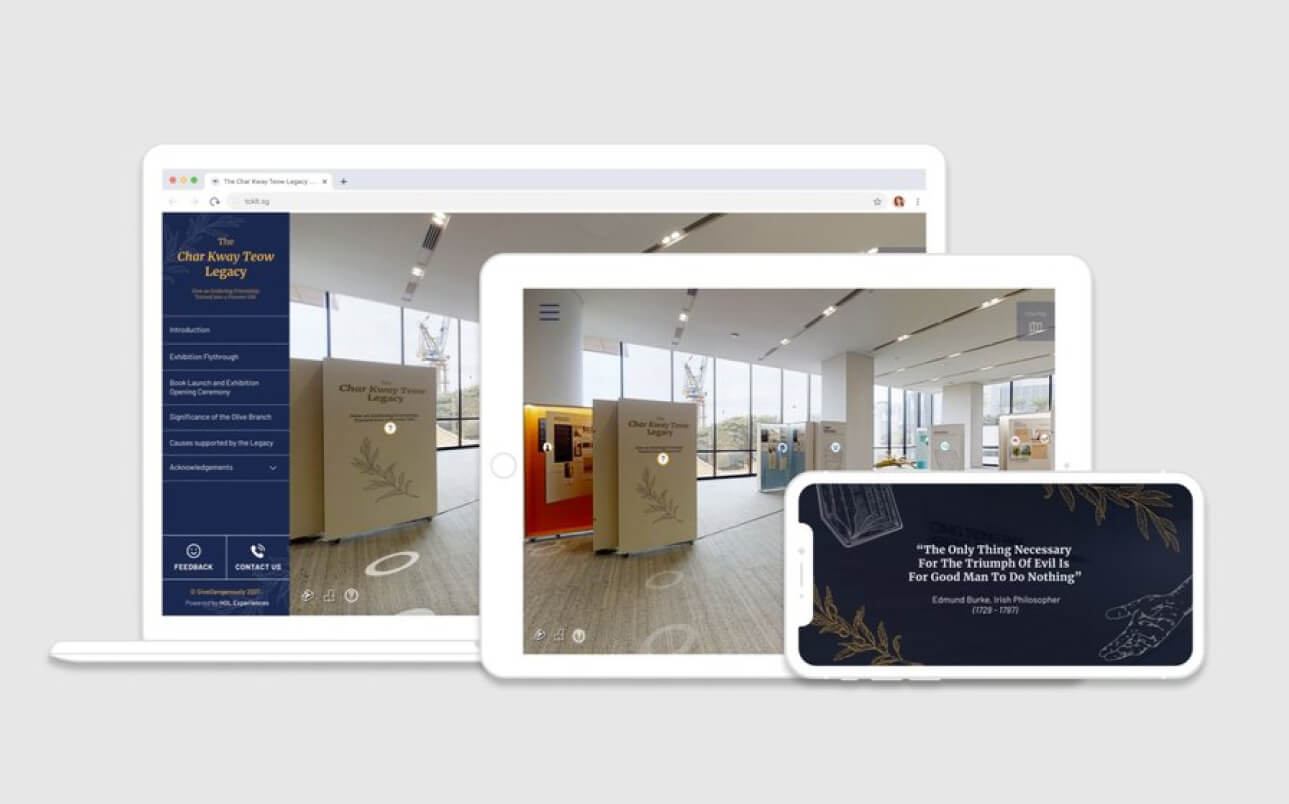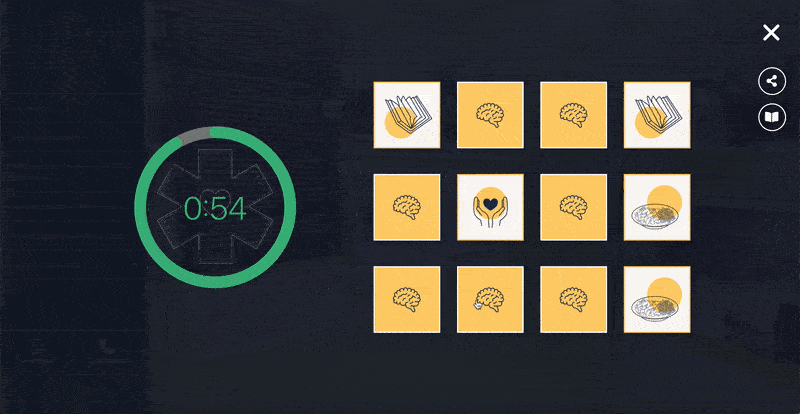Think about a trip you took to an amusement park or games arcade.
Most likely, you went there with your family or friends. While you were enjoying the rides or shooting games, you left your cares behind and relieved some stress. You might have felt happy.
Then, recall what happened after you left the park or arcade.
The initial buzz quickly fell away. Yet, you still looked back at the experience fondly because you had made worthwhile, meaningful memories with your family or friends.
Now, imagine if you had visited the park or arcade alone. You would probably be thrilled by the rides and games. But what would you remember of your experience after some time passed? A vague sense of exhilaration? Not much else?
We are living in an experience economy, driven by millennials and Gen Zers who value experiences more than material goods. It is no surprise that as a marketing leader, you aim to create brand experiences that will leave lasting positive impressions on your audience so that you can drive brand awareness and loyalty over time.
Exceptional brand experiences take significant investments of time, effort and resources. Naturally, you want high returns on your investments. To get that, your experiences must do more than simply entertain your audience.
Effective brand experiences are engaging
What your experiences must do, beyond entertaining your audience, is to deeply engage them. By “engagement”, I mean your audience is involved and committed on three levels:
- cognitively stimulated (mind)
- actively interacting (body)
- emotionally involved (emotions)
When your experience is “lived” through these responses, your audience will be more receptive to the points of view you present to them and the actions you want to steer them towards.
Even after they have left your experience, your messages will “stick” in your audience’s memories, keeping your brand top of mind. That’s when you can continue building on your relationships with them, leading to brand loyalty and advocacy.
How then do you create “sticky”, i.e. meaningful and memorable, experiences, that could shape perspectives and change behaviours? I will illustrate with a HOL project for GiveDangerously (GD), one of the biggest single donors in Singapore.
Started in 2018, GD was then a new brand unfamiliar to Singaporeans. It wanted to raise its visibility and trust among young people aged 18 to 35, its target audience, and promote its message of “paying it forward” among them. HOL helped GD build up its brand through a multi-year partnership that led to many brand experiences centred around The Char Kway Teow Legacy, which is the story of the family’s giving legacy.

How to design sticky experiences
Experience design is the intentional design of physical, digital and multisensory environments that create meaningful and memorable experiences for audiences.
“Intentional” is the operative word here. Before any design can be done, it needs to be supported by a well-considered strategy. For GD’s brand experiences, we followed several key principles, namely:
- aligning your business goals and your audience’s goals;
- taking a story-first approach; and
- storytelling with purpose.
1. Align your business goals and your audience’s goals
Whether you are a for-profit or non-profit brand, your goals are similar. If yours is a for profit business, your goal may be more sales, brand awareness, brand advocacy or customer loyalty. If you are a non-profit organisation, your goal may be to raise awareness or drive participation for worthy social, community and environmental causes. For either, it means you aim to drive meaningful change in your audience’s behaviour or perspectives.
You also need to get clear on your audience’s wants. What is their goal for visiting your brand experience? What do they want to learn, see, do and feel? When strategising and designing your experience, you need to ensure your audience’s goal and your business goal are aligned. This means, what you offer in your experience must help them achieve their goals.
For GD, its goal is to promote a culture of giving in Singapore with the concept of “paying it forward”, as it believes that a kind and supportive society strengthens social connections and forges community resilience.
Their target audience is young people, who don’t like to be preached to. On the one hand, GD wanted to get them to pay it forward. On the other, we were mindful of not being pushy, or risk our message falling flat. Therefore, we designed GD’s experiences to meet them where they were – in terms of mindset, physical locations and digital channels – to get our message across.
For example, even though they were the “woke” generation who cared about social causes and generally wanted to help (their goal), their mindset was that giving was reserved for only the rich and successful. So, in our brand experiences, we reached out to them with the message that giving could also be about giving time or energy or simply lending a listening ear and thus they were in a position to help and give too.

2. Take a story-first approach
When we strategise an experience, we take a story-first approach by determining the story we want to tell before any spatial, visual or digital design.
By “story”, I am not referring to the tales you find in books that come with a beginning, middle and end. The story of an experience, by our definition, includes:
- the content we want to show our audience
- the emotions we want to evoke
- the perspectives we want to shape
- the actions we want to inspire
For GD, the curated content revolved around several themes, namely the family’s philanthropic deeds and giving history, their beneficiaries’ unyielding spirit and the impact of GD’s giving. The emotions we wanted to evoke among GD’s target audience were compassion and empowerment – that they too could give when they were ready to do so – even if they were not wealthy in terms of money.
And the perspectives and actions we wanted to shape and inspire? That giving could be in terms of effort and time and not necessarily money, and that everyone could pay it forward, no matter how small the deed.
3. Storytelling with purpose
Once you have a comprehensive story and experience strategy, you can then weave all that together into a cohesive and purposeful experience, supported by a fluent narrative and various storytelling elements.
GD’s brand experiences included a book, physical exhibition, virtual experience, phygital experience and visual novel, among others.
For the exhibitions, we included gamified micro-experiences as a storytelling method. This was a purposeful choice so that we could engage GD’s digitally savvy target audience right where they were – on their mobile devices — without sounding prescriptive or moralistic.

While playing these mini-games, the target audience could empathise with the challenges of GD’s beneficiaries like Mount Everest climbers and dementia patients. Referring to the game related to dementia research, one visitor said: “I put in my utmost effort to remember everything. At the end, I realised how this could be challenging for dementia patients. I sincerely hope that LKCMedicine would have breakthrough research to improve the lives of the elderly.”


Another visitor said: “Giving dangerously to me means giving in whatever way we can to help whoever is in need, without hoping to receive anything in return. It can be the smallest action but to the receiving end, it is the largest gift.”
For these visitors, I can safely say: the seed of giving was planted memorably.
Final thoughts: driving change and action
As you may be aware, changing mindsets is one of the most difficult problems to solve, no thanks to human brains preferring to take the easy way out by sticking to old beliefs and habits. But we believe our purposefully strategised and executed brand experiences for GD, based on the above three principles, helped move the needle – by opening the minds of the target audience to the possibility of giving.
By intentionally defining and fleshing out your business goal, your audience’s goal and your story, you can map out the what, where and how of engaging your audience. This strategy will ensure they will be intellectually stimulated, actively participating and emotionally connected with your experience.
Ultimately, you want your audience to resonate with your content, space and brand. This resonance will help them remember what they have seen and learnt and be inspired to change their perspectives and take action, even after leaving your experience.
And that is the mark of a successful experience.

